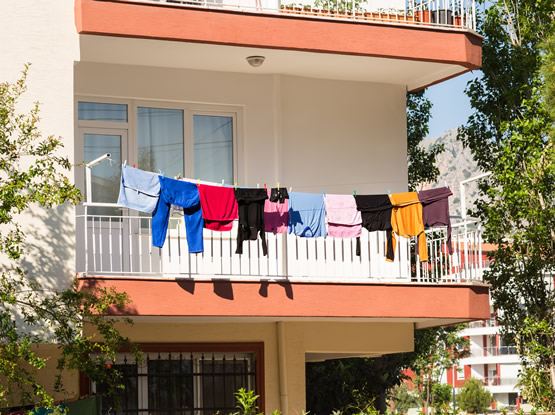Articles & Insights
Latest Articles

You WANT a Public Report
Although the State of California Business and Professions Code 11010.4 releases developers from the Public Report requirements if all criteria are met, a Public Report

Rent Control vs Public Report
A vote in November could provide a major change for the current California rent control laws and the housing crisis. Although the specifics aren’t completely

635A Application
When you need to get somewhere fast… use the Hennessy Venom F5. When you need to amend a public report fast… use the 635A. Public

Cost Centers
When a common-interest subdivision includes common facilities or services that are provided to a limited number of lots or units as a special benefit available

Reserve Studies Are Important For New Developments
When a new development is being marketed at startup, the initial HOA operating budget is created based on estimates and projections – the improvements are

Subsidy Agreement vs. Maintenance Agreement
In large developments, phasing the sale outs is inevitable, to avoid exposure to HOA assessments. Most likely, the first few phases will have the majority

How Much are Your Phases Costing You?
Planning and implementing your marketing budget is crucial to the success of your business. Defining your financial projections, determining expected capital expenditures, and understanding current

BRE is going back to DRE!
When the California Department of Real Estate (DRE) became the California Bureau of Real Estate (BRE) in 2013, it was a whopper of a

How Do You Know if You Need a Public Report?
Everyone knows that subdivisions located in the city limits, with no homeowners associations or common areas, where the developer is selling only completed homes, are exempt from the public report process. The important thing to note, is that they are NOT entirely exempt from Bureau of Real Estate (BRE) jurisdiction. What exactly does the BRE have jurisdiction over in this type of development?

Limited Term Public Reports
Many of our clients are wary about turning over control of the project entry to the HOA too early in the project’s sale-out phase. Once an improvement is owned by the HOA, it is their responsibility to maintain it, and the Subdivider often prefers to maintain it at a higher level than the HOA would.

10 Reasons You Might Be A Subdivider
Many of our clients are wary about turning over control of the project entry to the HOA too early in the project’s sale-out phase. Once an improvement is owned by the HOA, it is their responsibility to maintain it, and the Subdivider often prefers to maintain it at a higher level than the HOA would.

Passing Through the State Without Stopping
Many of our clients are wary about turning over control of the project entry to the HOA too early in the project’s sale-out phase. Once an improvement is owned by the HOA, it is their responsibility to maintain it, and the Subdivider often prefers to maintain it at a higher level than the HOA would.

Controlling the “Front Door” in a CID
Many of our clients are wary about turning over control of the project entry to the HOA too early in the project’s sale-out phase. Once an improvement is owned by the HOA, it is their responsibility to maintain it, and the Subdivider often prefers to maintain it at a higher level than the HOA would.

Selling Exempt Subdivisions
Everyone knows that subdivisions located in the city limits, with no homeowners associations or common areas, where the developer is selling only completed homes, are exempt from the public report process. The important thing to note, is that they are NOT entirely exempt from Bureau of Real Estate (BRE) jurisdiction. What exactly does the BRE have jurisdiction over in this type of development?

BRE Still Pursuing Water Letters
With measurable rain in California, it may be surprising for some to learn that the DRE is continuing to pursue water letters affirming “ample, potable”

Considerations for Mixed-Use Projects
Recent court cases have brought the structure of mixed-use projects to the forefront for DRE management. Historically there have been cases where, if the commercial

Industry News: AB 1448 Becomes Law
AB 1448, “The Clothesline Bill” became law in November, 2015. The bill allows HOAs to adopt ‘reasonable’ restrictions against clothes drying on balconies, railings, awnings,

